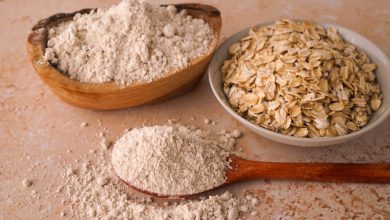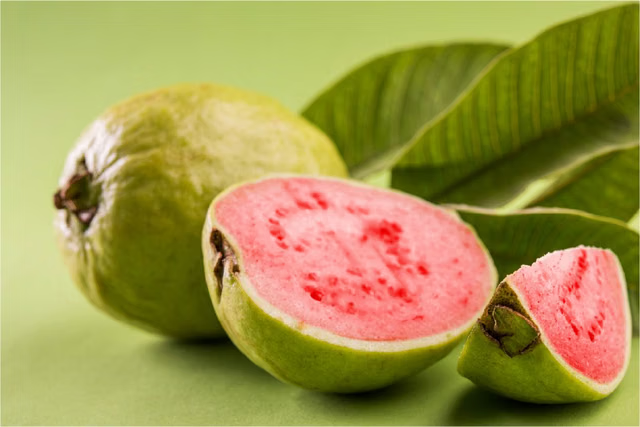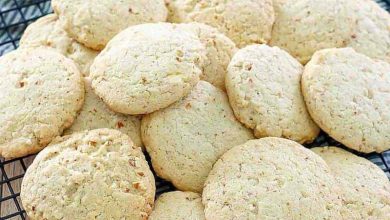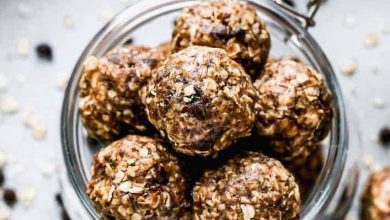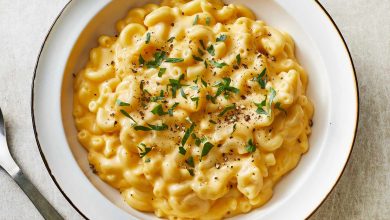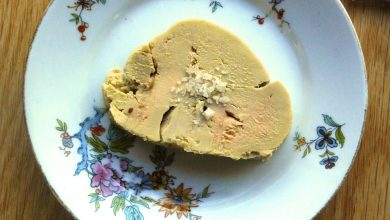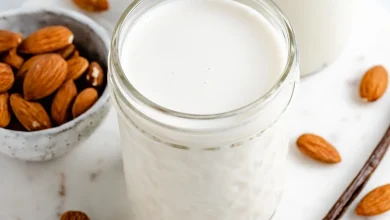Chinese Cabbage (Pe-Tsai), Cooked, Blanched, Drained with Salt
Chinese cabbage, often referred to as Pe-Tsai, is a versatile and nutritious leafy vegetable widely used in Asian cuisine. When cooked, blanched, and drained with salt, it retains a vibrant flavor profile and offers a range of health benefits. This vegetable is not only low in calories but also provides an excellent source of several important nutrients that support overall health.
Nutritional Information per 100g:
| Nutrient | Amount |
|---|---|
| Energy | 14 kcal |
| Protein | 1.5 g |
| Total Fat | 0.17 g |
| Saturated Fat | 0.036 g |
| Carbohydrates | 2.41 g |
| Fiber | 1.7 g |
| Sugar | 0.0 g |
| Calcium | 32 mg |
| Iron | 0.3 mg |
| Magnesium | 10 mg |
| Phosphorus | 39 mg |
| Potassium | 225 mg |
| Sodium | 245 mg |
| Zinc | 0.18 mg |
| Copper | 0.029 mg |
| Manganese | 0.153 mg |
| Selenium | 0.4 mcg |
| Vitamin C | 15.8 mg |
| Thiamin (B1) | 0.044 mg |
| Riboflavin (B2) | 0.044 mg |
| Niacin (B3) | 0.5 mg |
| Vitamin B6 | 0.177 mg |
| Folate (B9) | 53.0 mcg |
| Vitamin B12 | 0.0 mcg |
| Vitamin A | 48 mcg |
| Vitamin E | 0 mg |
| Vitamin D2 | 0.0 mcg |
Health Benefits
Chinese cabbage is an excellent addition to your diet, offering a wealth of benefits thanks to its impressive nutrient profile:
- Low in Calories: With only 14 kcal per 100g, Chinese cabbage is a perfect choice for those looking to manage their weight or enjoy a healthy snack.
- Rich in Fiber: Providing 1.7g of dietary fiber, it promotes digestive health and helps maintain regularity.
- Source of Vitamin C: A serving of Chinese cabbage offers 15.8 mg of Vitamin C, a powerful antioxidant that supports immune function and skin health.
- Mineral Content: This vegetable provides a good source of calcium (32 mg), magnesium (10 mg), and potassium (225 mg), all of which contribute to bone health, muscle function, and overall hydration.
- Folate for Cell Growth: With 53 mcg of folate, Chinese cabbage supports healthy cell division and is especially beneficial for pregnant women.
- Iron: At 0.3 mg, Chinese cabbage contributes to maintaining healthy blood iron levels, supporting overall energy and preventing iron deficiency.
Dietary Considerations
- Allergen Information: Chinese cabbage is naturally free from common allergens like gluten, dairy, nuts, and soy. However, those with specific sensitivities to cruciferous vegetables should consult a healthcare provider before consumption.
- Dietary Preferences: Chinese cabbage is a great addition to vegan, vegetarian, and gluten-free diets. Its light, fresh flavor makes it a suitable choice for a wide range of recipes, from soups to stir-fries and salads.
Cooking Tips & Advice
- Preparation: To prepare Chinese cabbage, simply wash it thoroughly to remove any dirt. It can be eaten raw in salads or slaws, or cooked in soups and stir-fries. For a quick side dish, blanching and draining with a pinch of salt enhances its natural flavor.
- Flavor Pairings: Chinese cabbage pairs wonderfully with garlic, ginger, soy sauce, and sesame oil in Asian-inspired dishes. You can also add it to stews or use it as a filling for dumplings.
- Storage: Store Chinese cabbage in the refrigerator, where it will stay fresh for up to a week. For longer storage, consider freezing blanched cabbage.
Conclusion
Chinese cabbage (Pe-Tsai), when cooked, blanched, and drained with salt, is a nutritious and low-calorie vegetable that provides an array of vitamins and minerals essential for maintaining good health. Its versatility in cooking, combined with its many health benefits, makes it an ideal ingredient for those looking to enhance their meals with something both tasty and nutritious. Whether you’re adding it to a stir-fry, a hearty soup, or enjoying it raw in a salad, Chinese cabbage is sure to be a valuable addition to your culinary repertoire.




